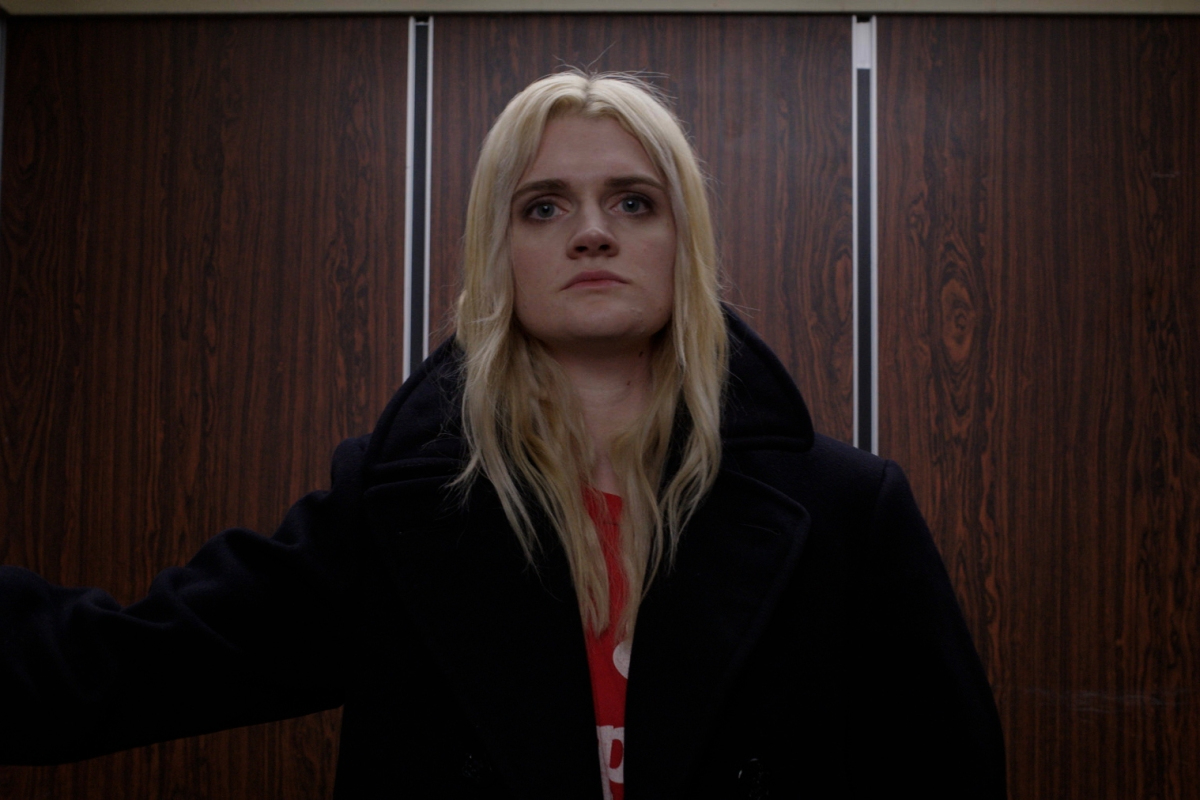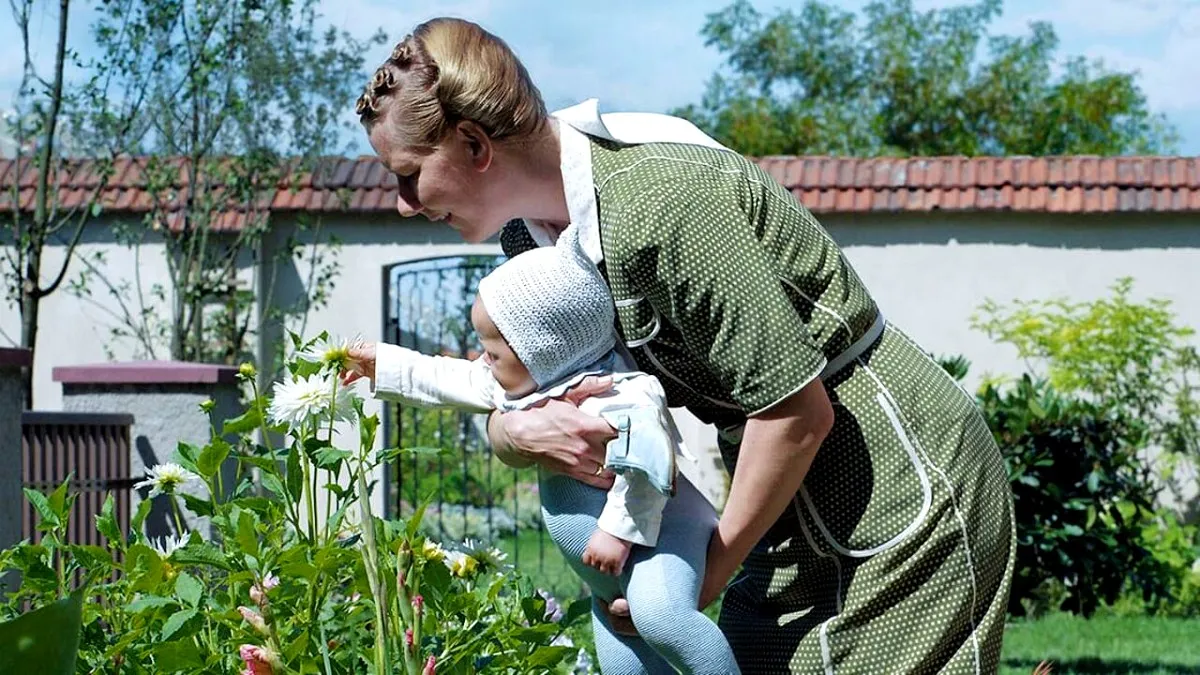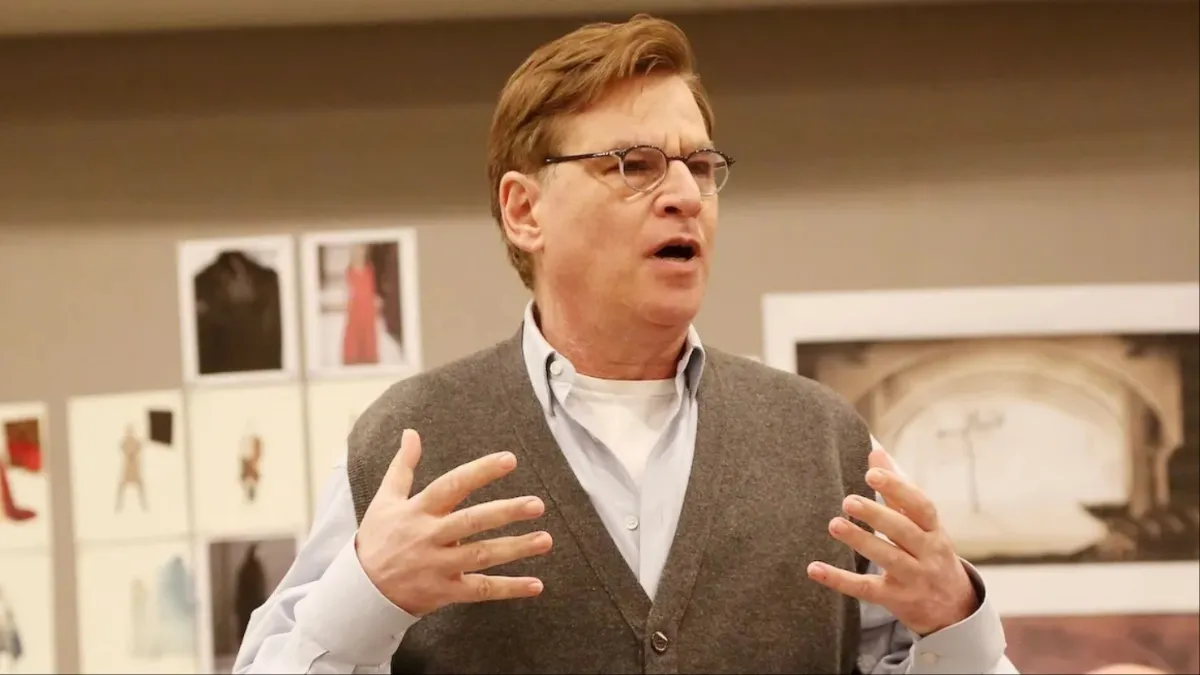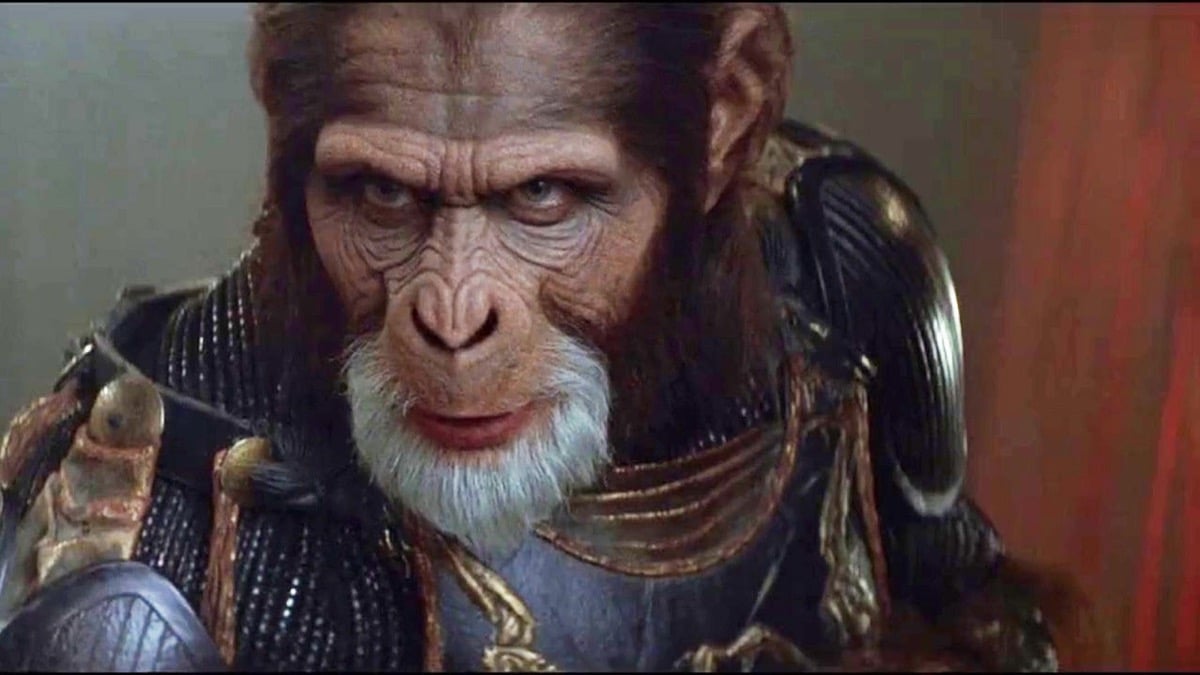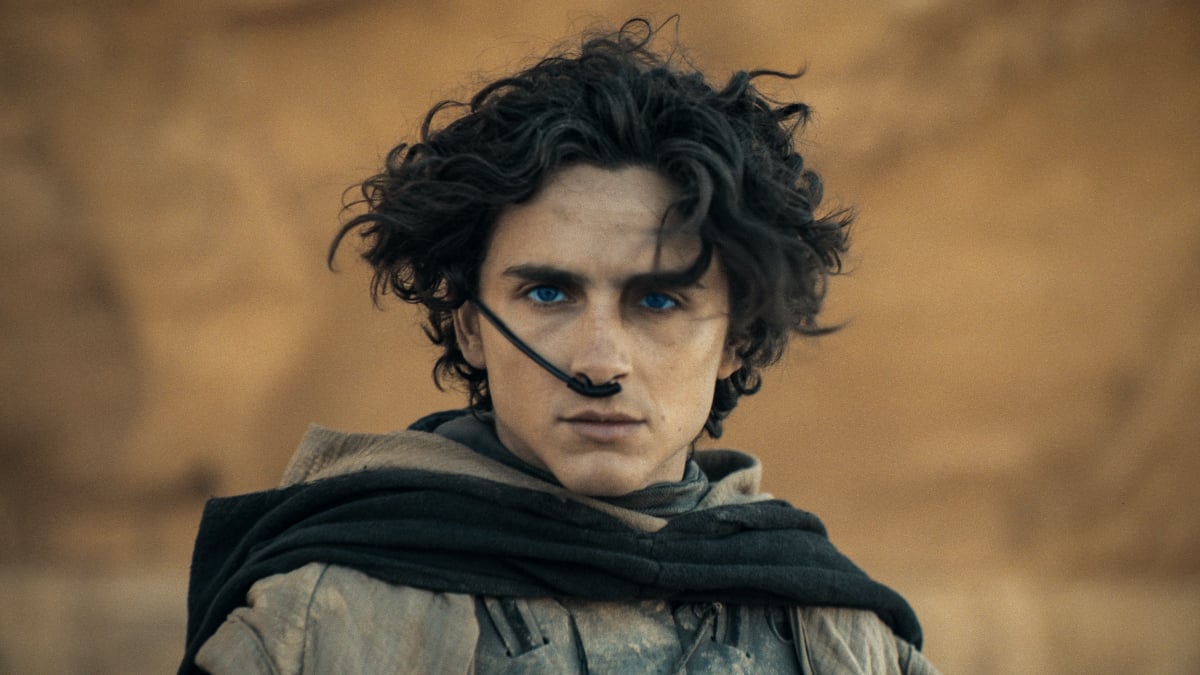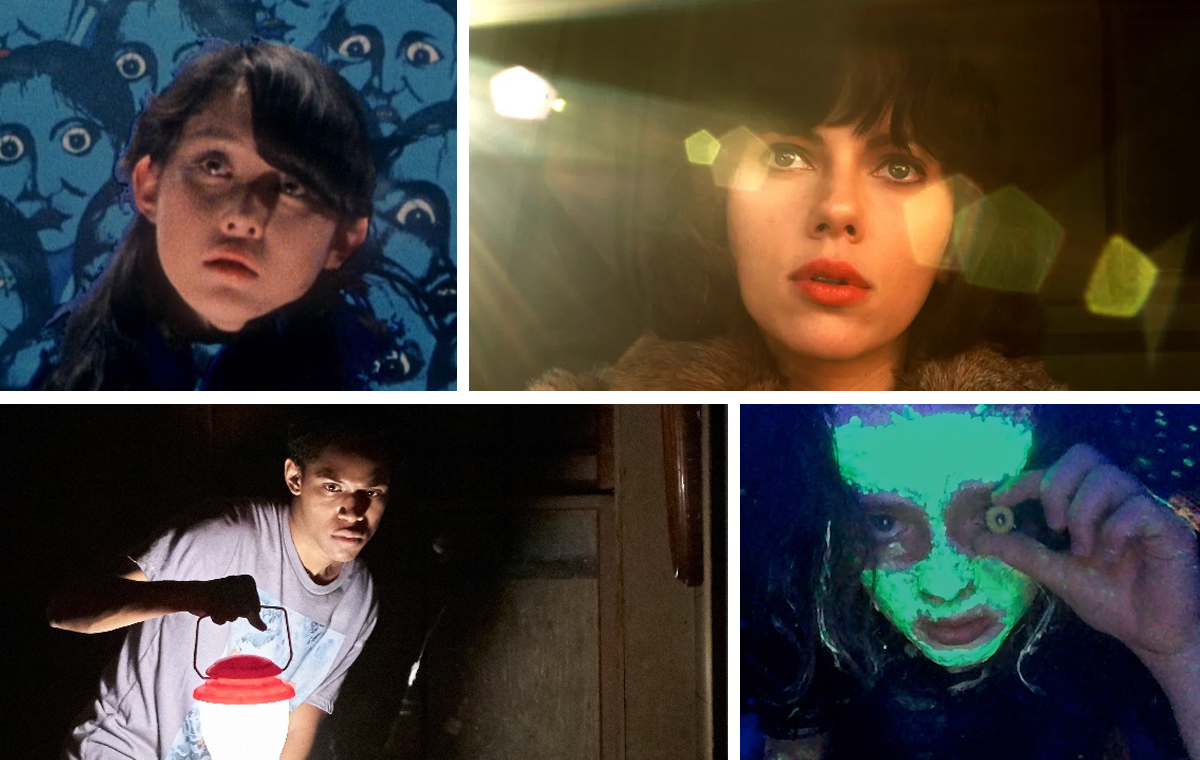You don’t need to ask Stewart Thorndike for a list of her favorite movies; they’re in her filmography. Her 2014 feature debut Lyle concerns a pregnant woman whose toddler dies, but the micro-budgeted movie could be summed up as a queer Rosemary’s Baby. It’s the first in a planned trilogy of woman-centric horror films surrounding motherhood. This year’s Bad Things is the second installment.
As the title promises, a group of friends converge at a hotel and do bad things, exploring realms of rage and isolation that, Thorndike observes, is a space normally given to straight white men—the Travis Bickles and Jack Torrances of the world. The latter, from Stephen King’s 1977 novel The Shining and Stanley Kubrick’s 1980 feature adaptation, acts as a blueprint for the lesbian protagonist of Thorndike’s latest.
“I wanted to just queerify, repurpose, sample, change, toy with this masterpiece,” Thorndike tells Pride. “It’s an instinctual thing and it’s a repositioning of who’s looking and who’s telling the story.”
Kubrick’s film follows aspiring writer Torrance (Jack Nicholson) as he accepts the position of off-season caretaker at the snowbound Overlook Hotel. Along for the winter stay are his wife Wendy (Shelley Duvall) and his lowkey psychic son, Danny (Danny Lloyd), whose horrifying visions reveal a sinister darkness to the hotel where bad things have happened, and will happen.
Bad Things’ thematic ties to The Shining play out with Ruthie (Gayle Rankin, whom you might recognize as Sheila the She-Wolf of Glow), who inherits The Comely Hotel, a drab ’90s version of the sprawling Overlook. Alongside her girlfriend Cal (Hari Nef) and frenemies Fran (Annabelle Dexter-Jones) and Maddie (Rad Pereira), Ruthie’s grip on reality begins to slip as the hotel’s ghastly presence preys upon Ruthie’s buried issues with herself and her estranged mother. Beyond the plot callbacks, Thorndike’s film contains a handful of overt references to both King’s novel and Kubrick’s adaptation. Here’s a quick rundown.
The music
Bad Things begins not with the apocryphal riff on Dies Irae that kicks off Kubrick’s masterpiece, but with the diegetic buzz of Chekhov’s chainsaw, which we’ll see again later. When Lyle composer Jason Falkner’s pensive musical accompaniment does kick in, it eventually gives way to light reverberations of the music used in The Shining—specifically, Béla Bartók’s “Music for Strings, Percussion and Celesta, Sz. 106” with its recognizable plinking xylophone notes. Matching percussive notes can be heard here and there as the women explore the Comely’s yawning hallways, taffy-pulling dread out of moments even when nothing explicitly scary is happening yet.
The model joggers
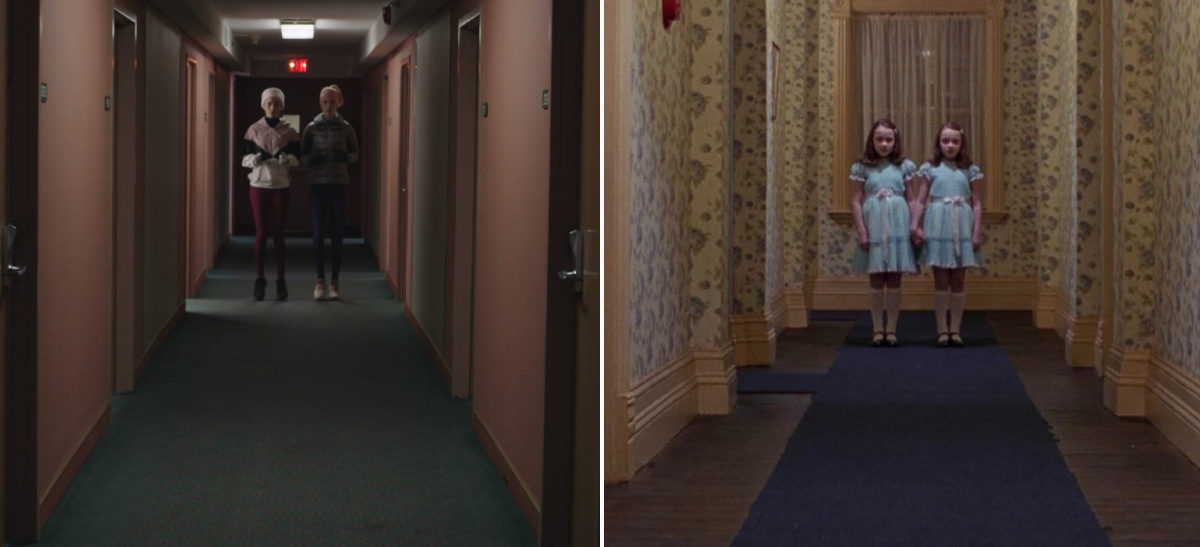
Both in print and on screen, the identical Grady sisters are one of the most iconic elements of The Shining. A pair of young siblings in blue dresses, the girls are age eight and 10 in the book, but identical twins in the 1980 movie where they’re only seen by young Danny Torrance, who has the ability to “shine” and see the ghosts of decades past. The Grady girls were brutally murdered by their father Delbert Grady, after the Overlook Hotel drove him to madness. Uncanny twins make their way into Bad Things in the form of the Model Joggers, a pair of grown women in stylish activewear. Unlike the Grady girls, the Model Joggers don’t entice anyone to come and play with them—but they sure freak Fran out.
Bizarre visions
It’s not long after the Model Joggers that Fran has a terrifying vision, walking into a room full of miserable guests dining in a common area—the ghosts of former Comely guests. They all turn to stare her down, a boy well beyond breastfeeding age sucks at his mother’s teat, and a little girl eerily says, “Sometimes, you can’t feel your fingers,” leaving her own frozen fingertips on the table in front of her. This remixes a series of climactic moments from Kubrick’s film, in which the constantly stressed-out Wendy Torrance finally sees paranormal horrors herself: a bloody guest holding a martini, 1920s-era revelers in costume, a cobwebbed ballroom full of skeletal corpses. Where Wendy doesn’t see ghosts until all hell has broken loose and her husband is coming after her with an axe, Fran sees spirits in the movie’s first act, prompting her to urge her friends to leave the hotel post haste (they don’t).
A certain room
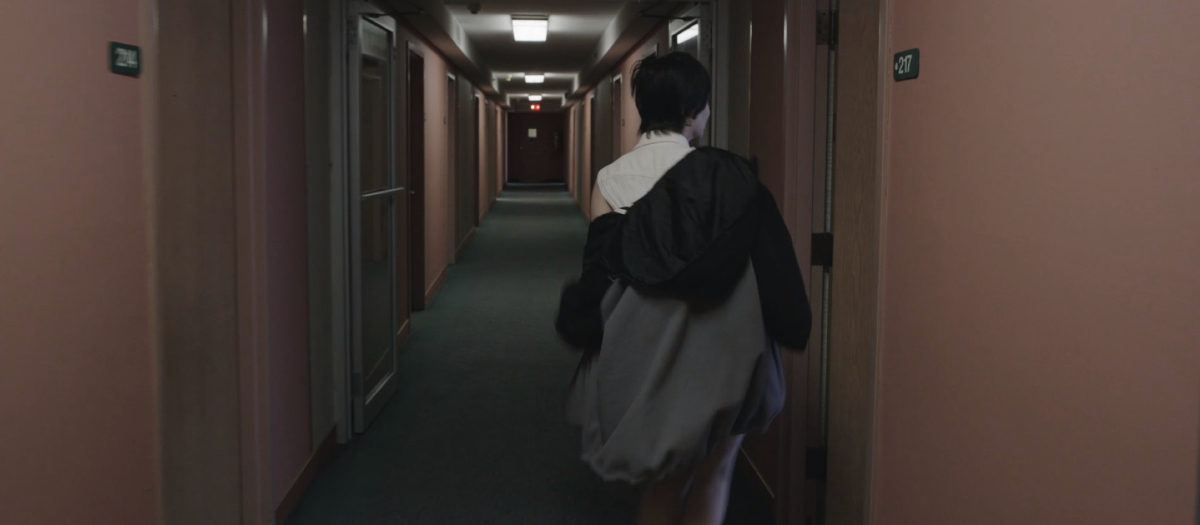
When the quartet of friends arrive at the Comely, Ruthie warns the others to steer clear of the third floor, citing flooding and insurance issues. “[Floor] two is your oyster,” she says. Soon enough, the second floor is revealed to have paranormal problems of its own. After seeing the milk-dripping walls, Fran naturally recoils and doubles back down the hallway she came from, passing a room in which she sees a young version of Ruthie, standing in front of a bed where a toy car rolls by, seemingly on its own. Blink and you’ll miss it, but the suite number is 217. Fans of Kubrick’s film know that the most haunted room of the Overlook is Rm 237, but only a Constant Reader would catch that the room’s original number in the book was 217—the very room where Danny and Jack Torrance encounter the ghost of the woman in the bathtub. Lest you think this a spoiler, know that Thorndike saves the most macabre discovery for another room entirely.
Mother’s milk
Even if you haven’t seen Kubrick’s Shining, some of its images have flooded the pop culture consciousness: twins, a room, an elevator. The last example finds a new re-imagining in the nooks and crannies of the Comely; what was an elevator that gushed gallons of blood is, in Thorndike’s iteration, an A/C dribbling pristine white milk—a feminine spin that underlines the maternal wounds Ruthie hints at throughout the story. If the Overlook Hotel is a collection of the souls it’s consumed, then the Comely is an assemblage of the sorest spots in Ruthie’s psyche.
Bad Things is currently streaming on Shudder and AMC+.
(featured image: Shudder)



